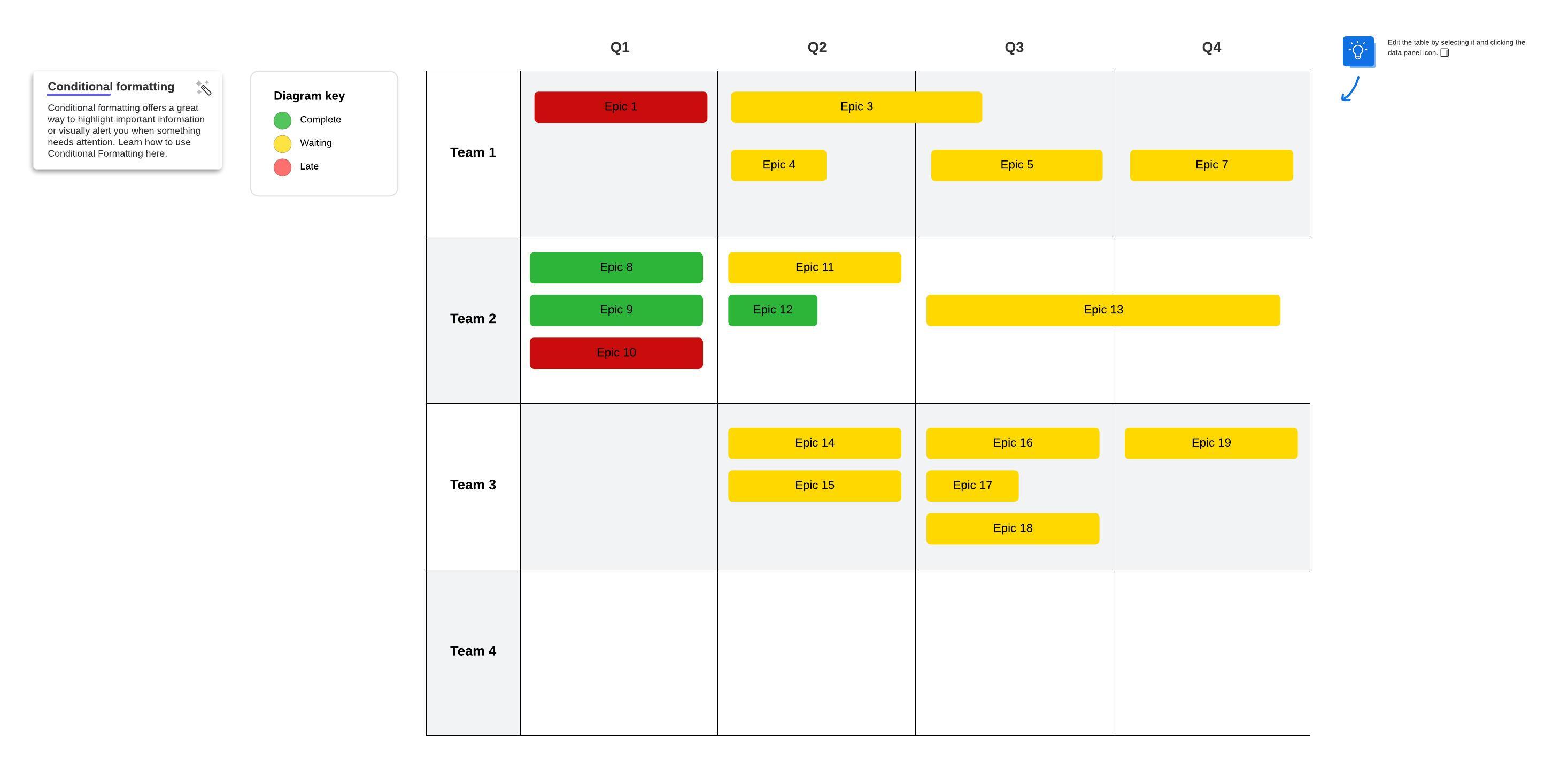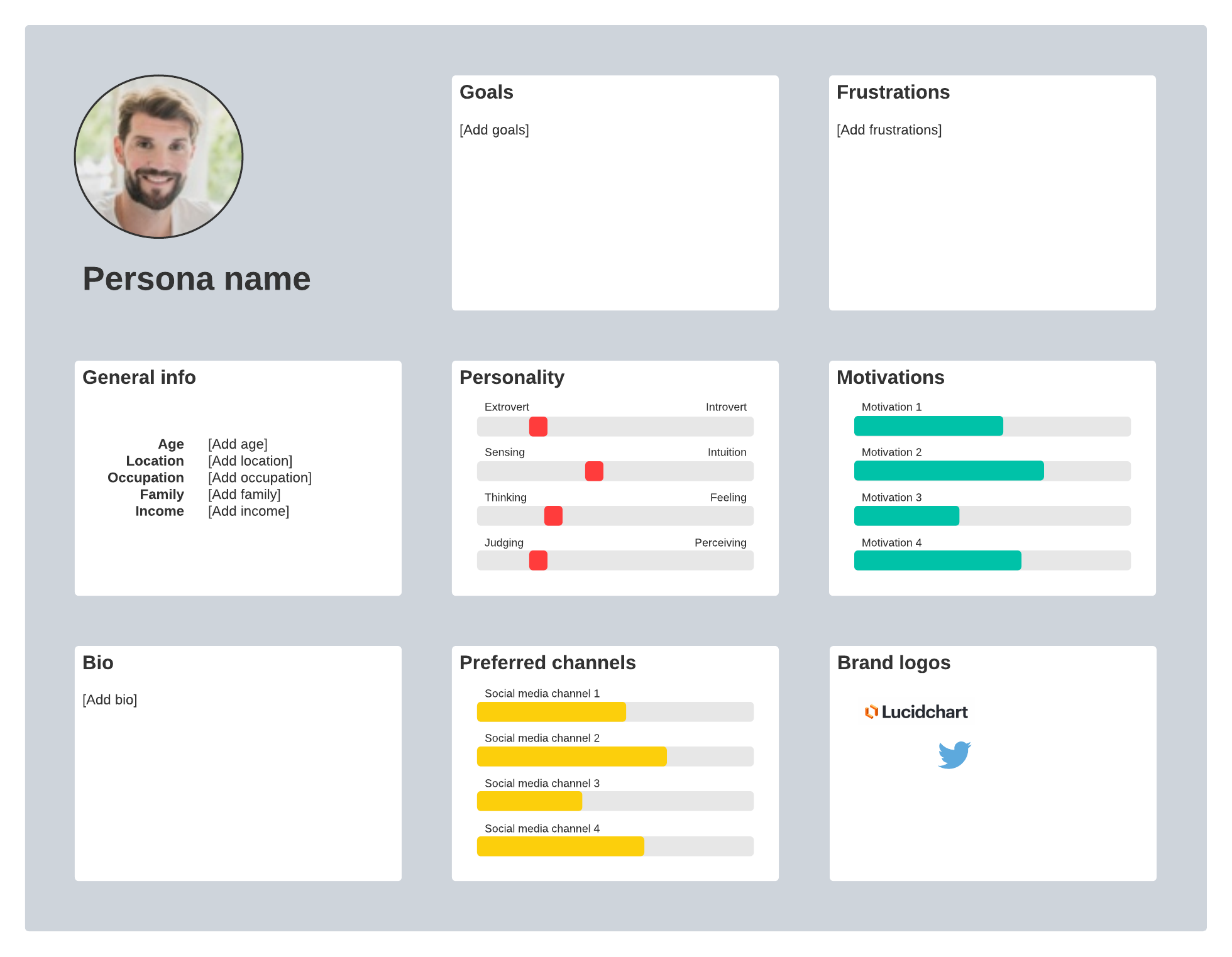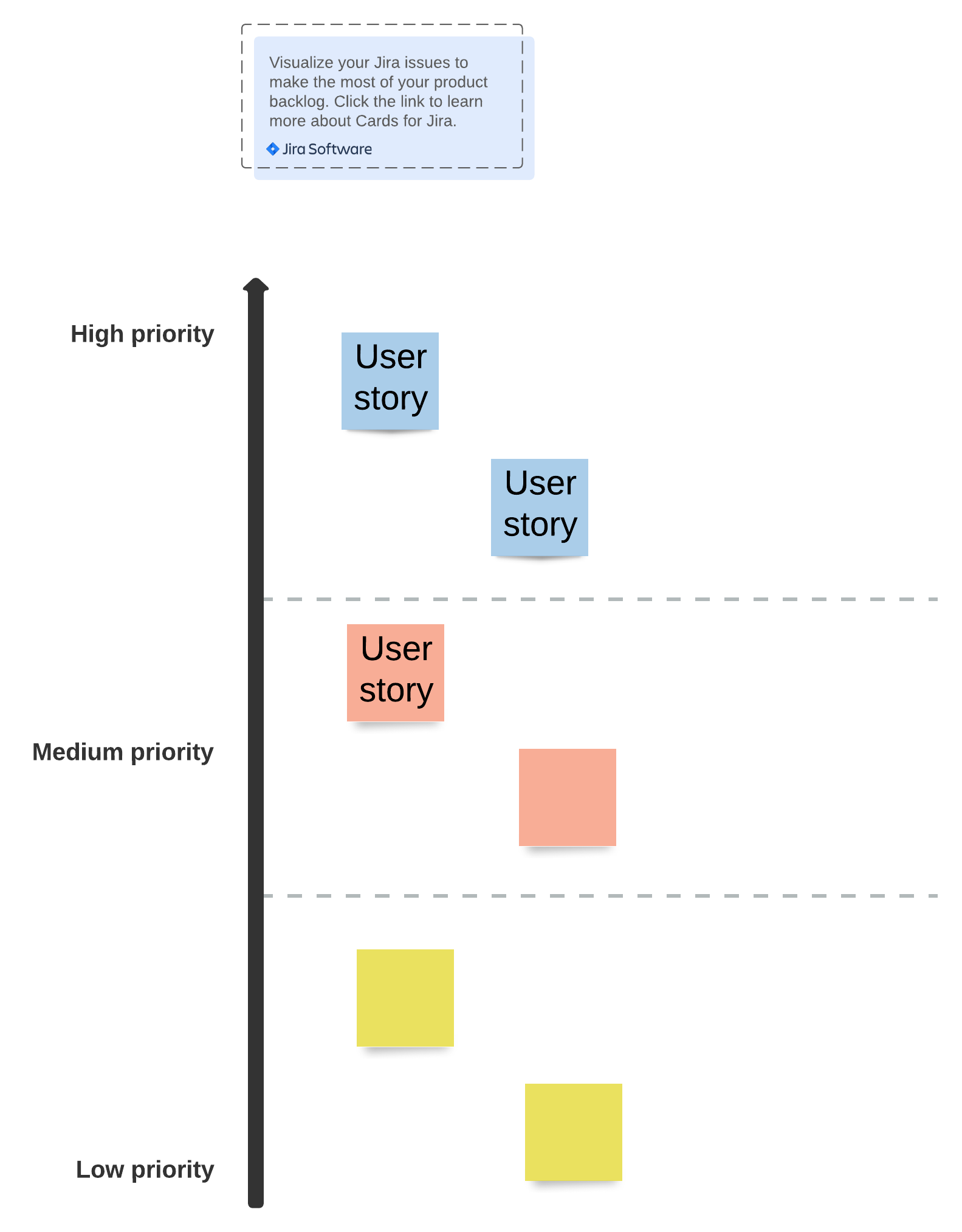Some projects are too big to take on all at once. This happens all the time in DevOps where feature development can take weeks or even months. With such big projects, it’s far too easy for teams to lose focus and miss deadlines, leading to inefficiencies and misalignment.
That’s why smart project managers break these projects into smaller tasks and goals through the Agile development process. These smaller hierarchical categories include:
- Project roadmaps
- Themes
- Epics
- User stories
An epic in Agile is simply one of the ways teams organize their goals and focus their tasks on larger ongoing projects.
Read on to learn more about epics, how they fit in an Agile framework, and the benefits of adding epics to your Agile development process.
What is an epic?
Epics are all about stories. No, not the ones in poetry and books, but rather the stories you tell about your users. Agile epics are large bodies of work that can then be broken down into smaller tasks and milestones, called user stories.
Kind of like breaking down a large epic adventure into individual chapters and pages.
For project managers and developers, Agile epics are a useful framework for task management and a helpful way to create a hierarchy for project requirements.
This helps teams track progress, meet deadlines, and work more efficiently toward bigger goals while continuing to deliver value to customers throughout the project lifecycle.
Understanding how an epic fits within the Agile structure
Let’s put epics into the Agile context. Agile project management focuses on iterative development that breaks down large projects into smaller, more manageable tasks.
The structure follows a hierarchy—much like a Russian nesting doll—that allows developers to organize work from a high-level view all the way down to the individual details. Within the Agile framework, epics sit between themes and user stories. Epics last over several sprints, while user stories can typically be completed within a single sprint.
Here’s how it breaks down:
Project Roadmap—At the top, you have a project roadmap. This is your zoomed-out view of the overall project. The project roadmap communicates the product plan, including the timeline, feature releases and milestones, and goals.

Themes—Themes are the next level down. They communicate long-term strategic objectives within the project. Themes are important for clarifying the context around strategies and decision-making throughout the lifecycle of the project.
Epics—Epics are collections of tasks or user stories that share a broader strategic objective (as organized under a theme). They are more specific than themes, breaking down work into shippable components that can be measured and tracked against the broader project goals.
User Stories—User stories are general descriptions of product features written from the perspective of the end-user. The purpose is to describe the value this feature will provide the user. Larger stories (that can’t be accomplished in a single sprint) may be categorized as epics or simply broken down into smaller sub-tasks.
Breaking an epic down into stories
Let’s dig down further into the anatomy of an epic. You may start with a number of user stories and work backward to organize related stories under one epic. Or you can outline an epic story and break down the individual user stories that will help you accomplish that directive.
Here’s how an epic structure breaks down into user stories:
User role or persona—Identify who your end-user is for the feature. Your user story will typically follow this formula: “As a (type of user), I want (specific goal) so that (some reason).” This will guide your decision-making and help your team identify the steps necessary to meet those goals and address the user’s specific pain points.

Ordered steps—Once you understand who your user is and what they need, you can break the sprint work into ordered tasks. These tasks will build on each other to complete the feature or component.
Time—Set the parameters on your timeframe for completing the work. User stories make it easier for teams to estimate the time it will take to ship a specific feature rather than trying to guess how long the entire project will take. If the user story is still too big (an epic), you can break it out into additional tasks or smaller user stories.
When you visualize your epics, you can quickly see all the user stories housed within that larger goal and more easily track and measure your progress. This also makes it easy for teams to see who is accountable for each task so that both project managers and developers and designers can stay on task and collaborate effectively.

Benefits of using epics in Agile
So what’s the big deal with epics in Agile methodology? Here are just a few reasons we think they’re...epic.
Drives strategic decision making
One of the biggest challenges development teams face is planning and prioritizing tasks within a large, months-long project. The Agile methodology relieves this pressure by breaking projects into manageable segments.
Epics guide the design and development process from day one. By targeting key objectives within a broader theme, epics help teams and other stakeholders make strategic decisions about who they’re designing for, what tasks they need to accomplish, and how to prioritize them accordingly.
In other words, epics and the broader Agile process help teams align on strategy and priorities so that everyone is pulling together towards a common goal.
Improves performance monitoring and timeline estimates
If you’ve ever had a big project to work on, you know how easy it is to get lost in the weeds. Product development is often a long-game, which means you’re juggling multiple goals, tasks, and deadlines over many months while trying to coordinate with a team of other stakeholders doing the same thing.
Epics keep your product backlog organized and simplified so the backlog doesn’t get overpopulated with a million tasks. Epics break down into individual user stories so you can quickly zoom in to what individuals are working on and how each segment of the project is progressing.

By working with epics in Agile, development teams and their managers can more effectively organize and track assignments, monitor performance, and estimate timelines.
Keeps team aligned on key goals
Epics help teams align on key goals by organizing the work under connected themes and objectives.
When you go to the product backlog to view assignments and priorities, you can quickly visualize how each item fits within the bigger picture and how the user stories connect under each epic. This ensures everyone is on the same page and operating together towards shared goals.
Epics in Agile aren’t just one more thing to add to your to-do list. They are a valuable tool for project managers, developers, and designers alike to organize projects in an intuitive way. Take your projects to the next level by including epics in your project management approach so you and your teams stay organized, aligned, and on track from day one to done.

Start working smarter on your next project.
Start nowAbout Lucidspark
Lucidspark, a cloud-based virtual whiteboard, is a core component of Lucid Software's Visual Collaboration Suite. This cutting-edge digital canvas brings teams together to brainstorm, collaborate, and consolidate collective thinking into actionable next steps—all in real time. Lucid is proud to serve top businesses around the world, including customers such as Google, GE, and NBC Universal, and 99% of the Fortune 500. Lucid partners with industry leaders, including Google, Atlassian, and Microsoft. Since its founding, Lucid has received numerous awards for its products, business, and workplace culture. For more information, visit lucidspark.com.
Related articles
Using Lucidspark for Agile product management (+ a free course!)
Lucidspark can help you visualize, ideate, iterate, and prioritize for more strategic Agile product management. Learn how!

